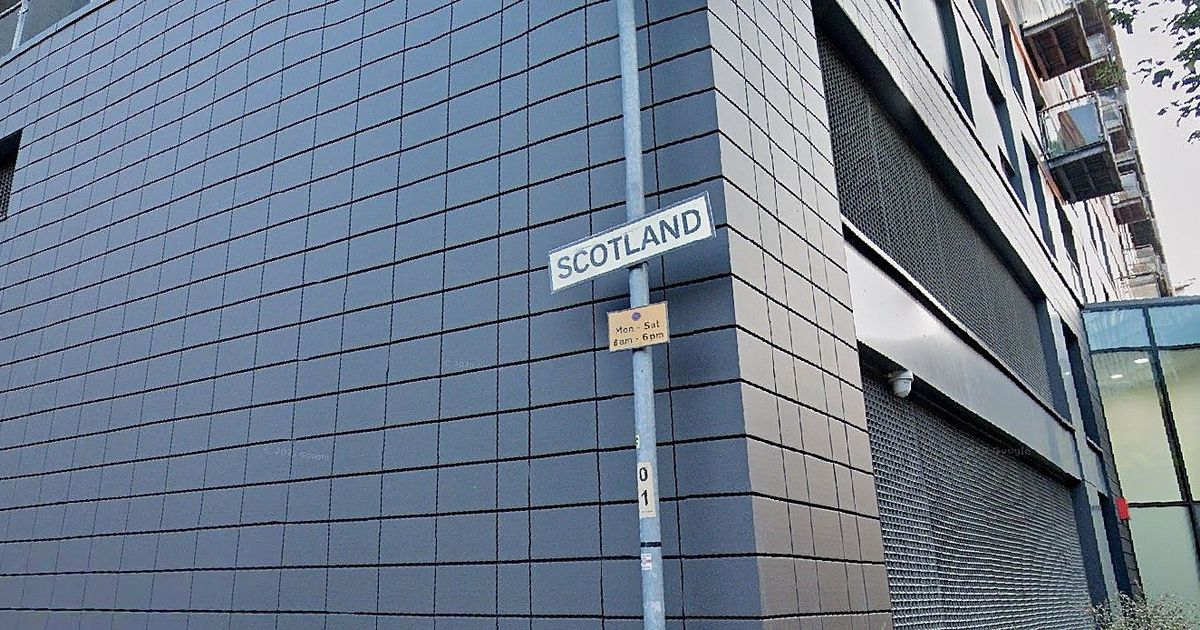Street names can tell us a lot about the history of a city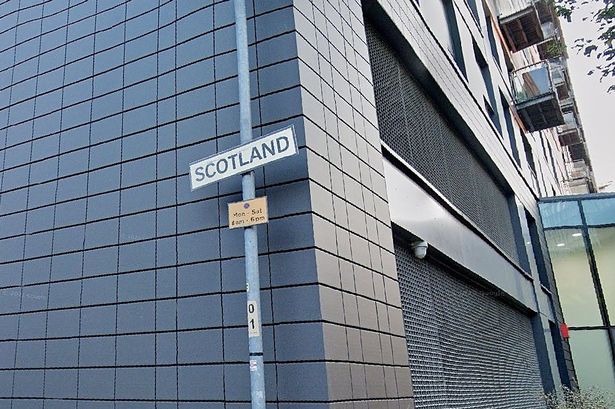 A Manchester street sign that says ‘Scotland’
A Manchester street sign that says ‘Scotland’
Street names can tell us a lot about the history of the cities we live in – and in Manchester, things are no different. A stroll through the city centre will reveal names such as Balloon Street, named after a historic event in which Mancunians looked up to the skies to see a hot air balloon for the first time, piloted by James Sadler in 1785.
Then there’s Anita Street in Ancoats, which takes its name as a truncation of Sanitary Street. Its original name reflects its purpose as a pioneering street where every home was built with its own toilet and sink.
Chinatown, of course, reflects the settlement of Chinese immigrants who were living and opening businesses in the area after the Second World War. While Manchester’s historic area, dubbed ‘Little Ireland‘, an area close to Oxford Road Station, was once inhabited by poor Irish immigrants, drawn to the city as a centre of manufacturing, mining, warehouses, docklands and railway building in the early 19th century.
But some street names offer more of a mystery. Take ‘Scotland’ off Red Bank in Cheetham Hill – a short walk from Manchester Victoria.
Not to be confused with Scotland Street in Newton Heath, this area is simply named ‘Scotland’ with no ‘street’, ‘lane’, or ‘road’ suffix to designate its place.
Join the Manchester Evening News WhatsApp group HERE
Following the Industrial Revolution, this area of Cheetham Hill became a heavily urbanised warren of slum tenements and factories, which became part of the borough of Manchester in 1838.
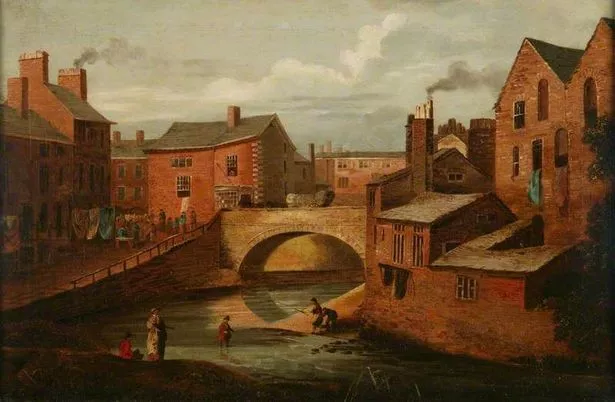 Scotland Bridge, Red Bank (1878)(Image: Manchester Art Gallery)
Scotland Bridge, Red Bank (1878)(Image: Manchester Art Gallery)
The area of ‘Scotland’ we know today relates to Scotland Bridge, an old bridge crossing the River Irk.
The was the subject of an 1878 painting titled “Scotland Bridge, Red Bank” held in the Manchester Art Gallery.
The Red Bank area of Cheetham was historically a site for industry, including tanneries. However, there is some debate as to why the bridge was named ‘Scotland Bridge’ in the first place.
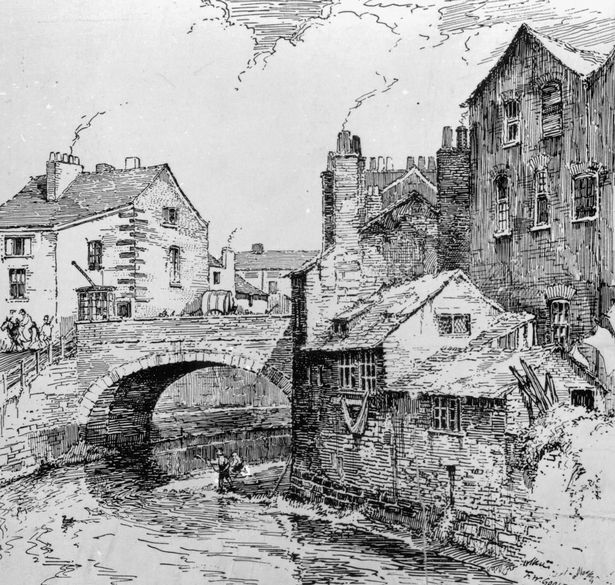 Drawing of Scotland Bridge in Manchester’s Cheetham Hill area in 1819
Drawing of Scotland Bridge in Manchester’s Cheetham Hill area in 1819
One theory is that it’s due to the historical links with the Jacobite Rebellion in 1745. The Jacobite Rising of 1745 was Prince Charles Edward Stuart’s bid to regain the British throne for his father.
Known as Bonnie Prince Charlie, he followed his victories in Scotland by marching into England seeking support.
Manchester became the movement’s key English foothold after he entered the town in November 1745, where recruits formed the two to three hundred-strong Manchester Regiment – the only Jacobite regiment raised in England.
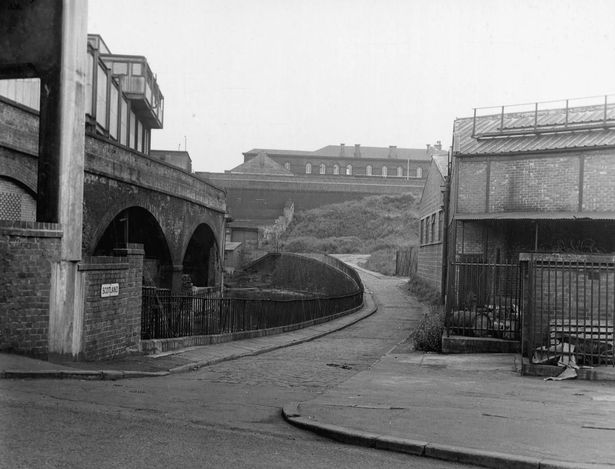 Cheetham, Scotland, Scotland Bridge, from Red Bank 1966(Image: @Manchester Libraries and Local Archives)
Cheetham, Scotland, Scotland Bridge, from Red Bank 1966(Image: @Manchester Libraries and Local Archives)
The army advanced to Derby but, finding little support, retreated back north. Many Manchester men were captured at Carlisle and executed in 1746.
However, this version of why it was named Scotland Bridge is disputed. Others say the name refers to the cattle that were once driven here from Scotland to the tanneries in the early 19th century.
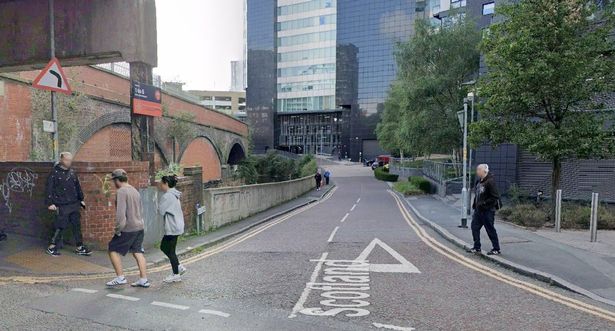 A similar view of the area today. Google maps 2024
A similar view of the area today. Google maps 2024
We know that this area of the city was used to transport cattle at one time. A wooden section of footbridge, known as the ‘cattle bridge’, still .
So, while the origin of the reason why the road is named Scotland is debated, the area of Scotland has historic links to the old bridge.
